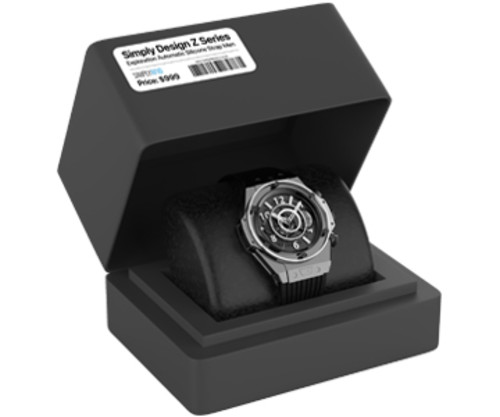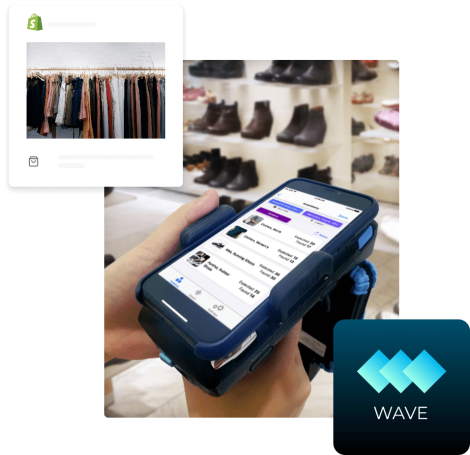Can I use my existing RFID tags with Wave?

THE SITUATION
You have been using RFID to do your retail inventory and asset tracking for some time now. You found us through Google and were immediately impressed with what our app could offer. But, there's a lingering question in mind --- can I use my existing RFID tags?
THE STRAIGHT ANSWER
Yes, you can! We all know that investing in RFID technology for retail inventory management could initially be a heavy investment. As such, our WAVE app is designed using UHF Gen 2 protocol.
About UHF Gen 2 Protocol
GS1's EPC "Gen2" air interface protocol, first published by EPCglobal in 2004, defines the physical and logical requirements for an RFID system of interrogators and passive tags, operating in the 860 MHz - 960 MHz UHF range. Over the past decade, EPC Gen2 has established itself as the standard for UHF implementations across multiple sectors and is at the heart of more and more RFID implementations. -- GS1
UHF Gen 2 Protocol is a predecessor of RAIN RFID --- which is a superset of UHF GEN 2 Protocol. In a gist, we have designed the app to follow the RAIN protocol, which covers all the aspects and features of the original and extends its current protocols.
In short, any RFID tags that are not using UHF Gen 2 will not work. So make sure that all your pre-existing tags are using this protocol.
CIN encoding
The CIN is a 2, 4, 6, or 8 hexadecimal prefix used on RAIN RFID tags to identify your company's tag and reduces tag clutter (duplicate or rogue RFID tags) from devaluing RFID in the supply chain. -- What is RAIN CIN, SimplyRFID Article
RAIN CIN is a unique Company ID that you can use, and it will filter the tags that are not yours. It is a prefix of your 24-character hexadecimal RFID numeric sequence. This encoding sequence alone mitigates numerous headaches of other encoding systems.
SGTIN encoding
You can find SGTIN encoding almost on every commonplace RFID encoding system as it uses UPC barcodes. This encoding starts with the prefix '30'. SGTIN-96 is an eight alphanumeric sequence or 16-character in hexadecimal. You can choose whichever format you want to use, depending on the size of your inventory scheme.
In most cases, you use SGTIN encoding in retail inventory management as it's a more straightforward adaptation of the UPB barcodes and flexible enough to cover a sheer amount of assets.
FURTHER READING
If you want to learn more about the encoding system, please visit this article. This article deep dives further into different encoding systems such as ROGUE RFID.
